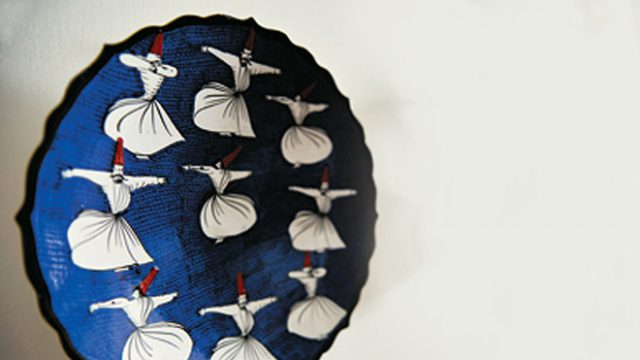A visit to Turkey can be rather overwhelming — think street food, shades of cerulean and aqua, red-tiled roofs, whirling dervishes and smorgasbord. Your senses reel from the exquisite hand-painted ceramics, mosaic lamps and Ottoman lights, mounds of steaming hot kebabs, so-fresh-the-juice-drips-down-your-chin fruit, ancient architecture where history sits calm, watching tourists with cameras rushing around frantically, eager to capture a bit of culture. The trip is over all too soon and a few MB of digital memory, the whirl of white skirts, a placid sea, and an intense memory of teeth sinking into doner kebabs are all you have left.
For a more concrete memento though, a famous hand-painted and fired Turkish tile or plate is a good idea. The roots of this art can be traced back to the 9th Century to the Uighurs, influenced thereafter by Ghaznavid and Iranian Seljuk art. Cobalt, violet and black were frequently used colours and flowers, fish, birds, animals, commonly depicted. A ceramic plate in blue, hand-painted with whirling dervishes (mine for Rs 1,000) seemed like a great way to bring it all together. And so I did, hanging it over the dining table.




